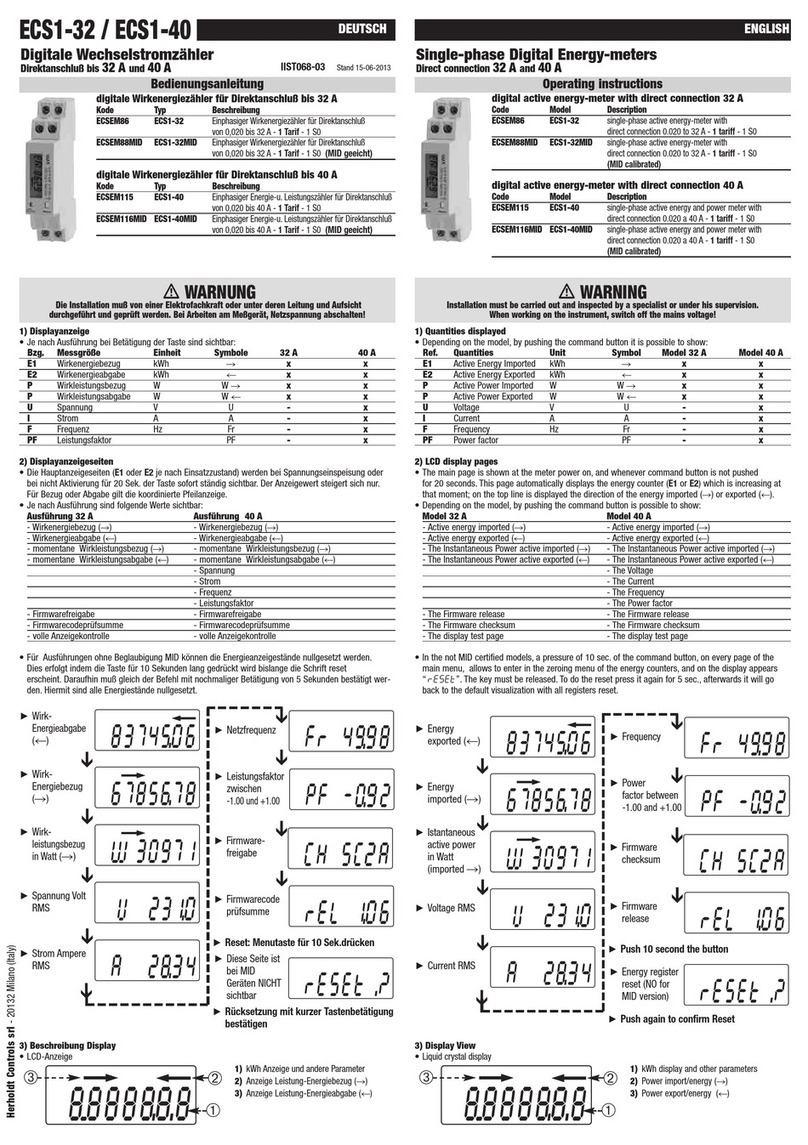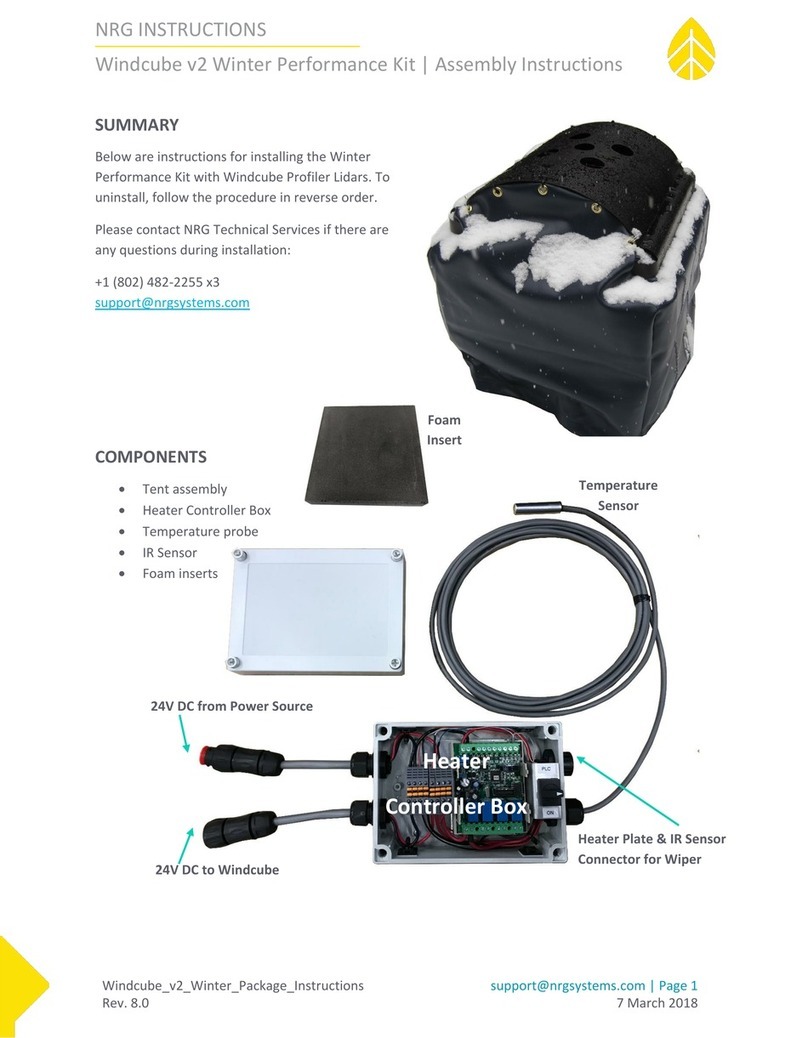D. Unpacking the Crate.................................................................................................... 17
1. Removing the Spidar Main Body.............................................................................. 17
2. Removing the Internal Boxes ................................................................................... 19
E. Spidar Tripod Assembly............................................................................................... 21
1. Leg Assembly........................................................................................................... 21
2. Tripod Mounting...................................................................................................... 22
VI. INSTALLATION + COMMISSIONING ............................................................................. 26
A. Siting........................................................................................................................... 26
B. Elevation + Leveling .................................................................................................... 27
1. Remove Surface Obstructions .................................................................................. 27
2. Set Tripod Leg Length .............................................................................................. 28
C. Anchoring ................................................................................................................... 31
D. Orientation ................................................................................................................. 32
1. Determining Azimuth Angle..................................................................................... 32
E. Meteorological Sensor ................................................................................................ 33
F. Spidar Power Controller.............................................................................................. 34
1. AC Power Connections ............................................................................................. 34
2. DC Power Connections ............................................................................................. 35
3. Power Controller to Spidar Connections................................................................... 37
4. Installing SIM Card in Spidar Power Controller PC.................................................... 38
5. Connect and Confirm Spidar Power Controller Operation ........................................ 41
6. Setting SIM Card APN .............................................................................................. 42
7. Confirm Power Controller PC Configuration ............................................................. 43
G. Spidar Setup and Operation........................................................................................ 44
H. Powering on the Spidar............................................................................................... 44
I. LED Status Indicator.................................................................................................... 44
J. Filling Wiper Fluid Reservoirs...................................................................................... 45
1. Reservoirs Filling Process ......................................................................................... 45
K. Configuring the Spidar................................................................................................. 48
L. Finalizing Spidar Installation ....................................................................................... 50
VII. SYSTEM MAINTENANCE .............................................................................................. 53





























